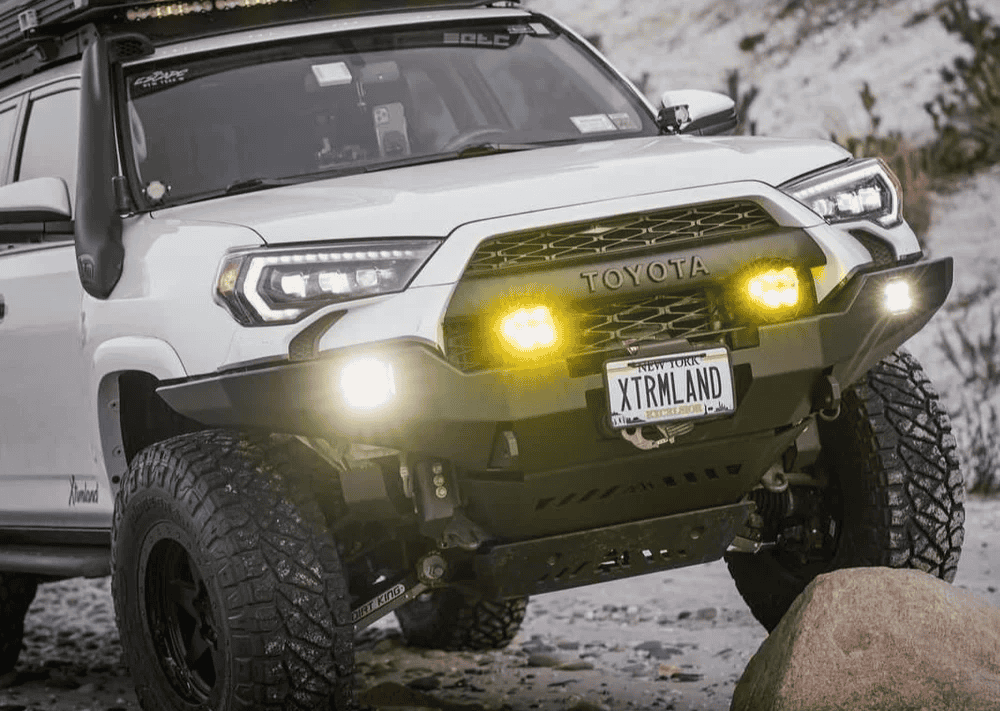Overland Vehicles

Selecting a base starts with honest trip planning. Define where you will drive, how long you will be away from services, the heaviest gear you will carry, and the weather you will face. From there, match platform to mission. Full size vans deliver interior volume and clean packaging for sleeping, galley, and power systems. Body on frame trucks excel when ground clearance, approach angle, and bed modularity matter most. Large SUVs offer family seating with decent cargo and a stable footprint.
Payload is the first hard limit. Add up people, fuel, water, food, tools, spare parts, and accessories. Aim to use no more than seventy percent of rated payload to preserve braking, handling, and reliability. Wheelbase influences breakover angle and interior layout. Shorter wheelbases favor tight trails and quick turnarounds. Longer wheelbases ride smoothly and create room for water tanks, batteries, and cabinetry.
Drivetrain and gearing shape where you can go and what you can tow. All wheel drive crossovers work for mild forest roads. Four wheel drive with low range and traction control unlocks technical climbs and soft surfaces. Choose tires for terrain first and noise second. All terrain tires provide grip across seasons while maintaining road manners. Mud terrain tires shine in deep ruts and slick clay but add weight and rolling resistance.
Keep heavy items low and centered. Batteries, water, and recovery gear should sit between the axles. Balance front to rear to preserve braking and steering. Consider alternator output when sizing lithium storage. A modest battery bank supported by efficient charging often beats a giant bank that never reaches absorption on the move.
Power design begins with a realistic consumption audit. Count watt hours for cooling fans, lights, refrigeration, device charging, and cooking. Right size lithium storage to cover a typical twenty four hour cycle with a cushion. Solar is great for topping off and extending stays, but vehicle charging through a quality DC to DC charger is your daily workhorse. An inverter sized to actual loads keeps wiring efficient and avoids idle losses.
Water planning is simple math. Daily needs average two to four gallons per person for drinking, cooking, and light cleaning. A compact filtration system lets you top off from streams where permitted, reducing the need to carry maximum volume every day. For hot water, compact heat exchangers or electric heaters paired with lithium storage can provide quick showers if your energy budget supports it.
Thermal management is the comfort multiplier. Proper insulation and vapor barriers keep condensation in check and stabilize interior temperatures. Ventilation moves moist air and protects the build from hidden damp. Diesel or gas fired air heaters sip fuel and are efficient at altitude. In warm climates, shade, reflective window coverings, and smart fan placement often beat oversized electrical cooling loads.
Map service intervals and spares from day one. Fluids, belts, hoses, and filters are small parts that keep long trips on track. Recovery planning should match the risk level of your routes. A quality compressor, tire repair, kinetic rope, soft shackles, and traction boards solve most common problems. A winch adds control in steep, remote zones when paired with safe rigging practice.
Interior layouts should stay flexible. Use track based mounting or modular cabinetry to adjust as seasons and sports change. Keep access panels to all fuses, valves, and connectors. Label everything. For communications, a mix of cellular booster and satellite messaging covers most travel scenarios. Offline maps and paper backups remain invaluable when electronics falter.
Legal basics matter. Verify gross vehicle weight compliance with your additions. Ensure any fuel system changes meet local regulations. Confirm tire load ratings and speed ratings meet the new duty cycle. Insurance carriers may require documentation for modifications and declared values for custom work.
When you are ready to move from notes to nuts and bolts, a professional build team can save time and ensure every system works together. Explore the strengths of different platforms and see what thoughtful integration looks like on our overview of rigs here: Explore overland rigs. If you have a platform in mind and a parts list started, review focused upgrade paths and fitment strategies here: Custom overland upfit options. Curious about process, testing, and support after pickup? Learn how our team handles the build journey here: Why choose OZK Customs.
We listen to how you travel, then design for payload, power, water, climate, storage, and safety in the right order. Whether you want a complete custom build or a targeted partial upfit, our shop turns this blueprint into a dependable off grid base vehicle you can trust on day one.
Ready to turn this plan into a dependable rig? OZK Customs builds complete custom vehicles and targeted partial upfits that balance payload, power, and comfort for real world travel. Share your route, gear list, and timeline, and our team will spec, build, and test your off grid base vehicle. Book a consult to lock in your build slot.
ADDRESS:
6159 E Huntsville Rd, Fayetteville, AR 72701
PHONE:
(479) 326-9200
EMAIL:
info@ozkvans.com